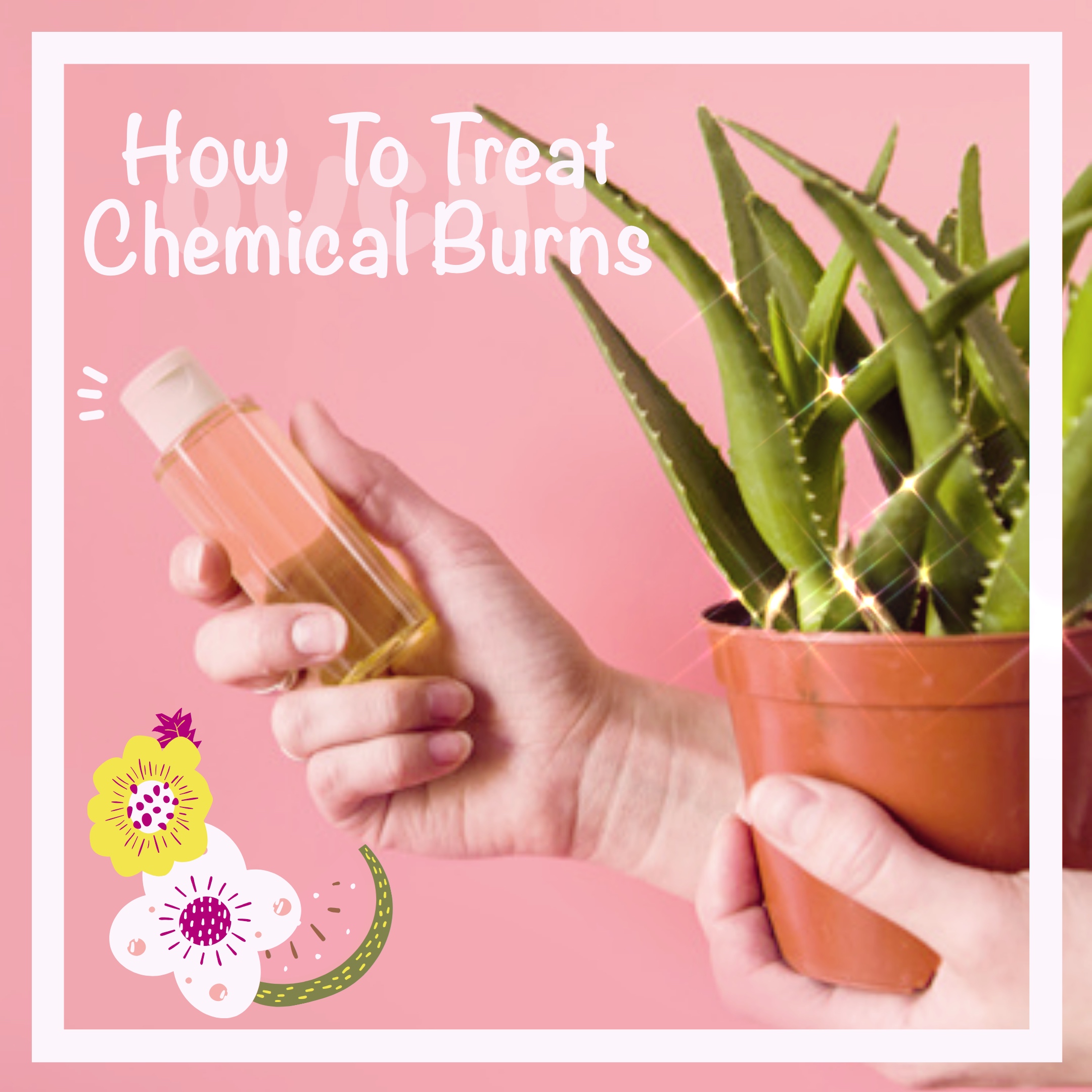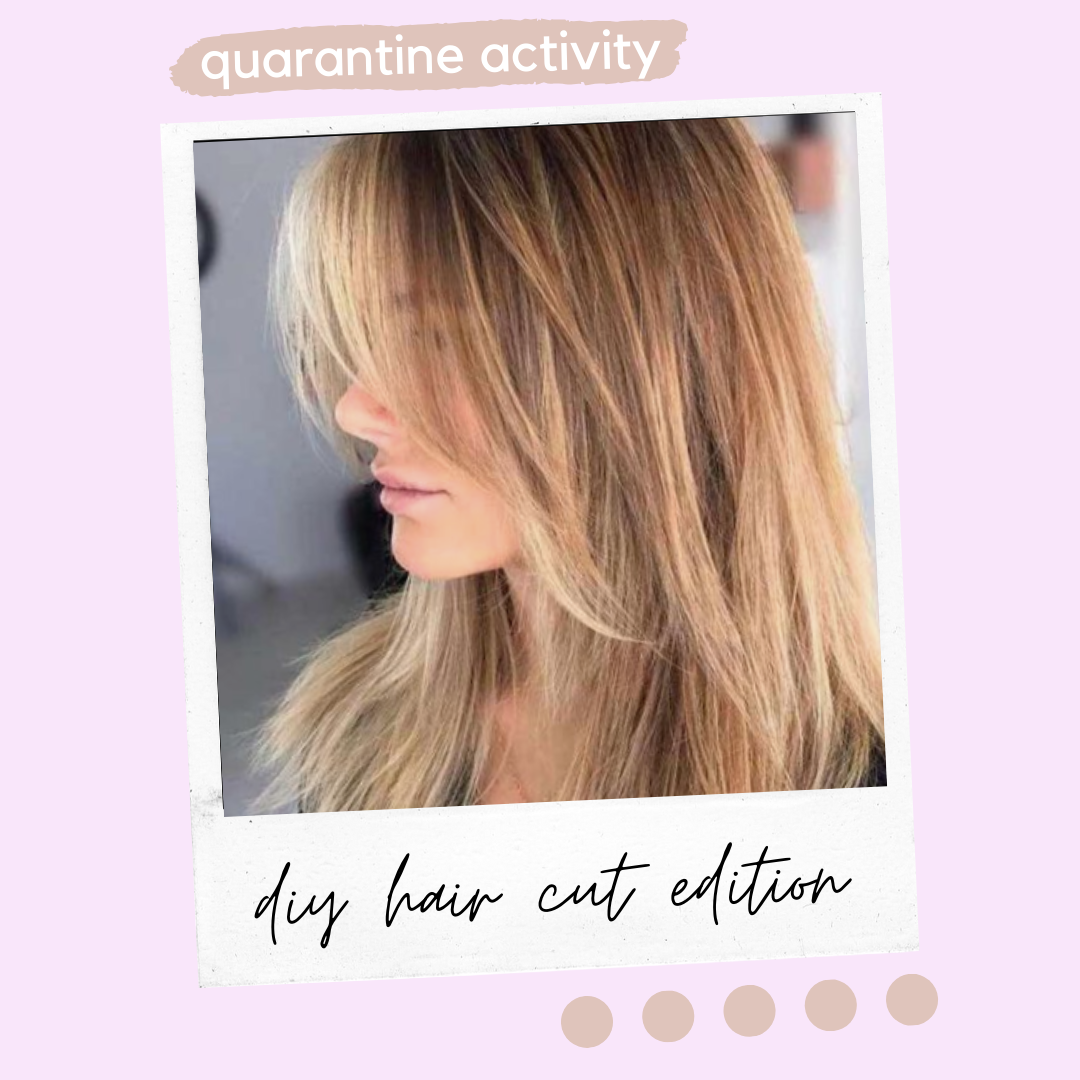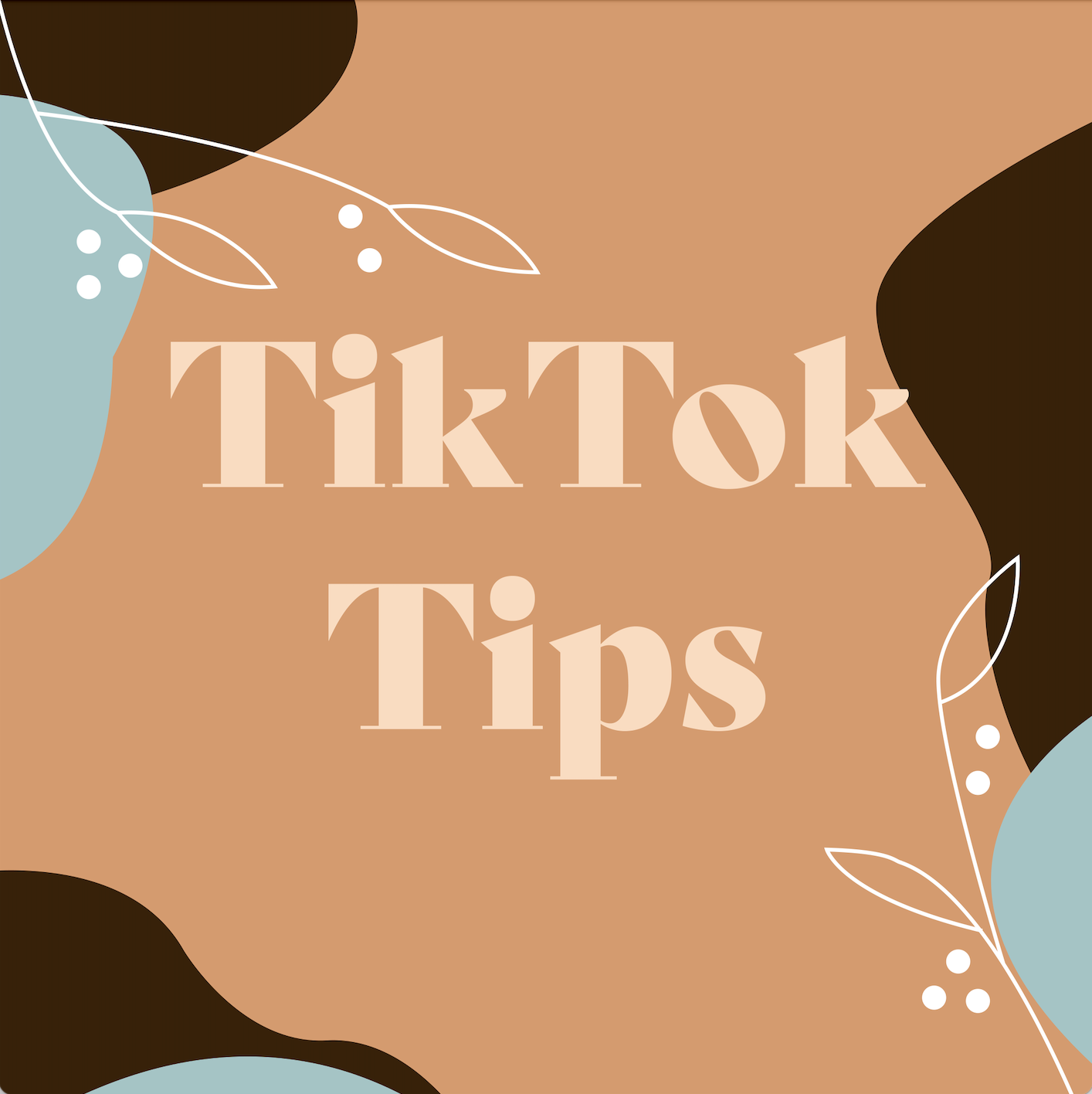Gwyn Hutchinson
April 20, 2020
I may have the hands-down most sensitive skin on the planet. Dry as the Sahara? Check. Acne-prone? Check. Sensitive as h*ck? Check. I’ve truly struggled with my skin for years and years on end, and I’ve honestly probably dropped a grand or two on new products and attempts to fix the skincare issues that ail me. But along the way, due to my skin’s extreme sensitivity, I have ended up with my fair share of chemical burns — sometimes completely out of nowhere.
I’ve yet to find a good definitive guide on how to deal with facial chemical burns at home, so I’m going to lay out what has been effective for me in my many battles against sensitive, red, rashy, burning, itchy, stinging skin.
1.Wash your face.
Seriously, whatever is making it burn — get it off. I would recommend using the mildest cleansers money can buy. I highly suggest Purity Made Simple by Philosophy, Khiel’s Cucumber Herbal Conditioning Cleanser, CeraVe, or something similar in that vein. Furthermore, cleansers that are close to the skin’s natural pH are a very good idea, such as La Roche Posay’s Toleriane Hydrating Gentle Cleanser. Do not use anything that is harsh or irritating (nothing for mattifying or treating blemishes). I don’t recommend using micellar water during this step because you will have to rub at your face with a cotton pad, which may very well hurt.
2.Pat your skin dry.
Whatever you do, do not rub your skin dry with a washcloth. Very soft, careful dabbing movements are the way to go here.
3.Aloe Vera
Slather aloe vera gel on like it’s going out of style. As close to pure aloe vera gel as possible is ideal, as additives can be irritating and it’s being applied to your face. I actually grow my own aloe vera plant on my balcony just for occasions like these. However, I also found that 99% pure aloe vera gel from Holika Holika causes no issues for my skin personally.
4.CBD or Hemp Oil
I use this on my face to alleviate some of the skin sensitivity after the aloe vera has been absorbed into my skin. I also like to create an extra layer between my skin and any moisturizer I put on top to seal in the aloe for the night. If you don’t have CBD oil laying around, Sephora makes a great one for $8. You could also use coconut oil, jojoba oil, or vitamin E oil to get a similar effect. But leave your treatment oils and serums out of the game for a bit.
5.Moisturize
Replenishing the moisture in your skin is critical after a chemical burn. I recommend something you are certain you’re not sensitive to and that is very hydrating. I have more recently started using the Weleda Skin Food Ultra-Rich Cream, which seems like it would be irritation-causing and heavy by the name, but it is actually rich and luxurious. More importantly, it forms a good barrier between my ouchie skin and the elements. I apply a thick layer after the oil soaks in. You could also apply an overnight hydrating mask if you have one that is effective for you.
6.Sunscreen
Whatever you do, don’t leave the house without sunscreen (ever) while your face is healing. You don’t want to do more damage, and sometimes it’s just downright painful to let your sensitive skin heat up. Apply a high-quality SPF before you even think about stepping outside.
I hope these tips help any of you with sensitive skin and that you’re all doing well during these difficult times!
Cheers,
Gwyn




